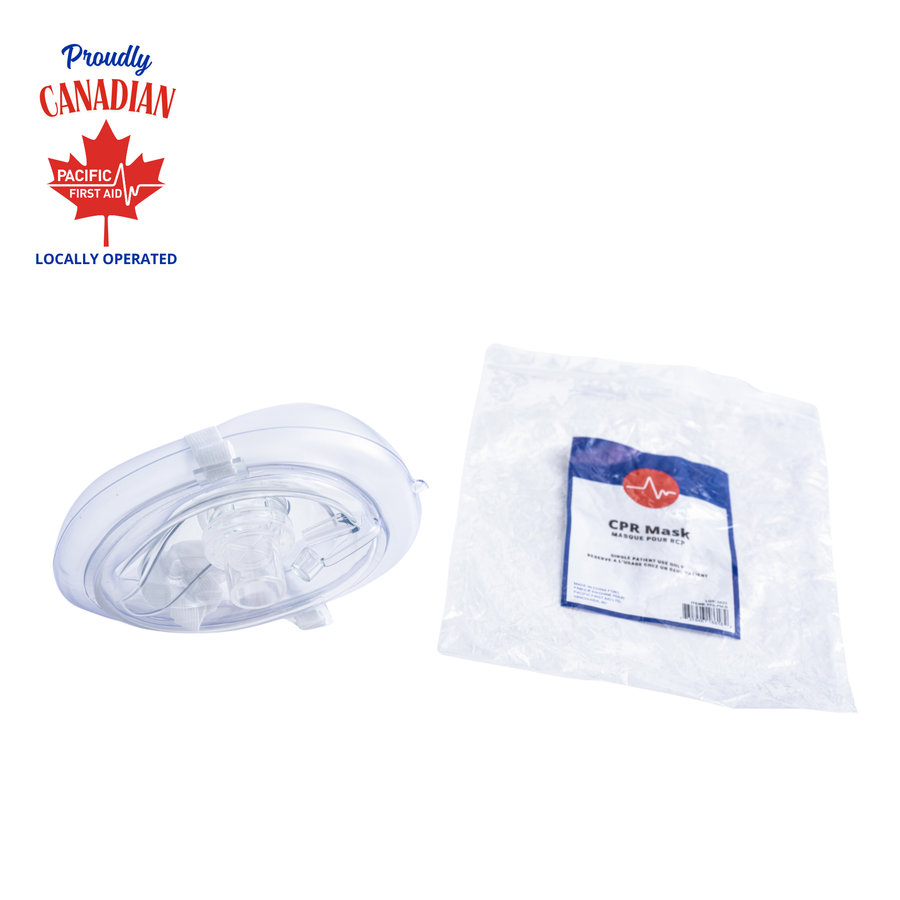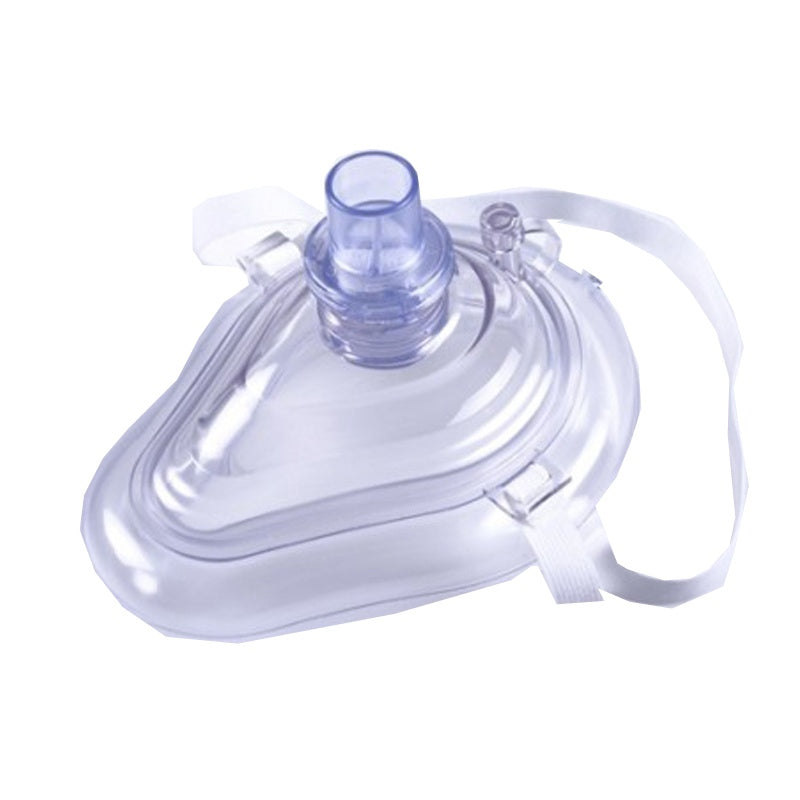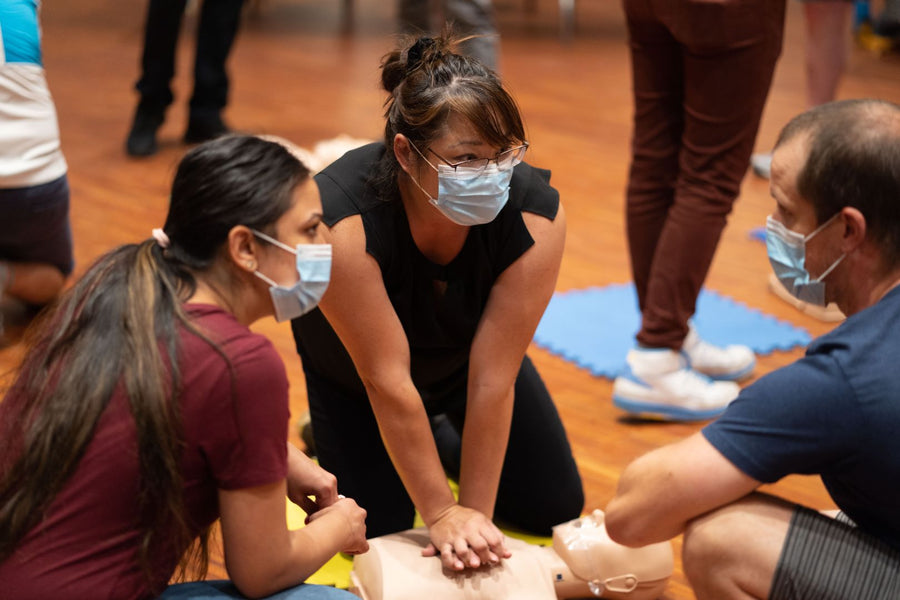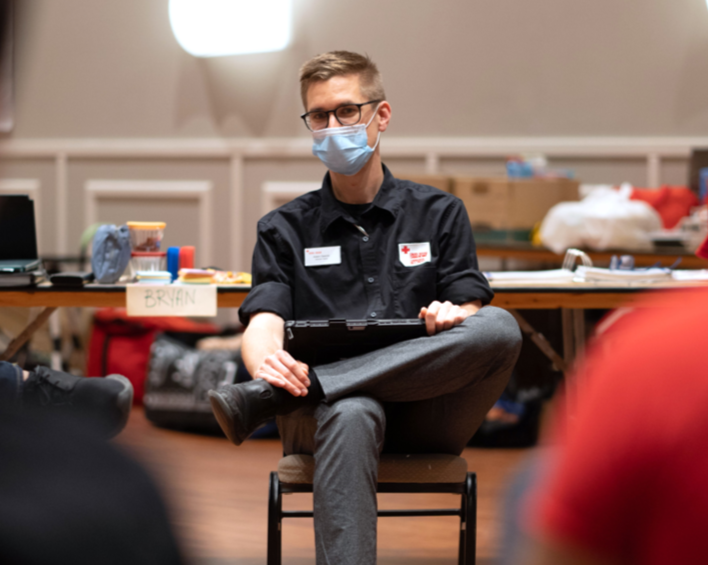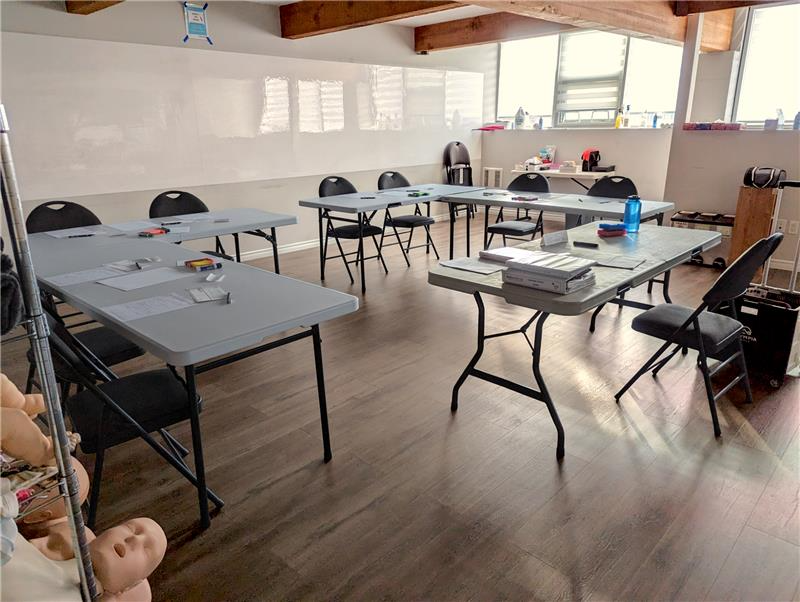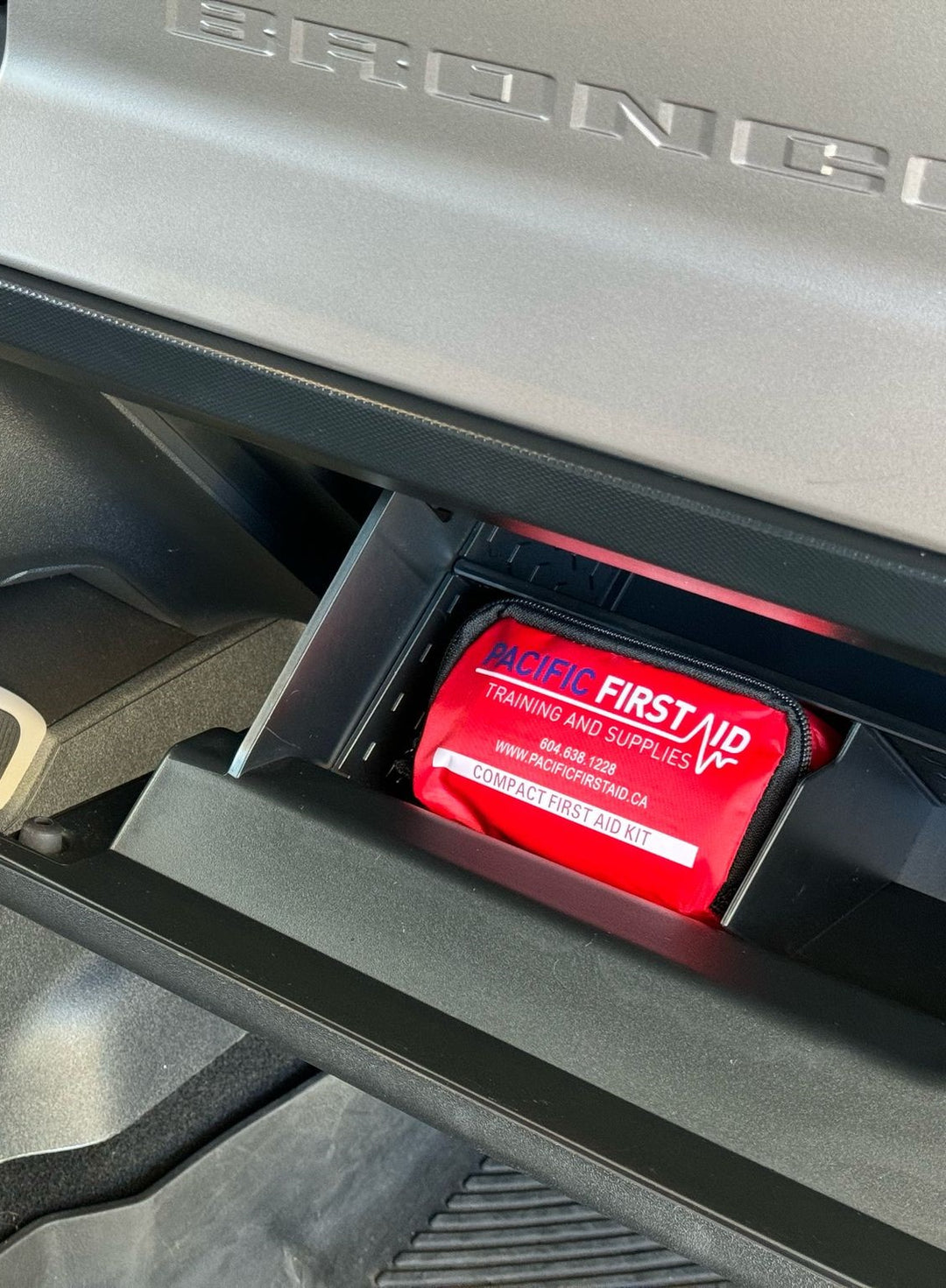
CPR Tips for Drowning Children
Photo Credit: Emilio Garcia
Drowning is the number one cause of injury based cause of death in children from ages 1-4. It doesn’t take a deep pool for a child to drown it can happen in as little as 5cm of water. For those parents who want to teach their children to swim at a young age here are some first aid training tips to make sure you know what to do if something goes wrong!
- If a child is drowning the first thing to do in this emergency is get the child out of the pool!
- Call for help!
- Check if they are breathing, if not place them on a hard surface and start your first aid training taught CPR. If you haven’t taken a CPR course check out some of are courses here.
- Open the child’s airway, slowly tilt her or his head back and get the chin elevated. Listen with an ear up to the child’s nose and mouth and listen and watch for signs of breathing
- If they don’t seem to be any sign of breathing: for infants under age of 1 put your mouth over the child’s mouth and nose and give them two breaths, each breath should last about a half a second and watch for the chest to move up and down.
For children 1 and older: hold the child’s nose together and seal your mouth over theirs and give two slow (1 1/2 to 2 seconds each) wait for movement in chest before second set of breath.
- If there is still no sign of chest movement, try try again and re align the head and lift up the child’s chin and repeat breathing sets.
- Look for a pulse with two fingers on child’s neck to the side of where the adams apple should be. For infants check and feel the inside of the arm between shoulder and elbow and wait five seconds. If they have a pulse give one breath to them every 3 seconds. Continue to check for a pulse every minute and countine rescue breathing till the child is breathing normally or help gets there.
- If there is no pulse for infants age of 1! Picture a line between the child’s nipples and put two of your fingers below the centre of the chest. Give 5 quick compressions on the chest, then place your mouth over their mouth and nose and give one breath.
For children 1 and older: use the heel of your hand (use both hands for an adult or teenager) and start applying five fast compressions in the centre of the breast bone just above the conjoining of the ribs. After the 5 compressions, once again pinch the child’s nose and place mouth over theirs and administer one full breath.
For all ages: keep on the cycle of five chest compressions then give a breath for 1 minute. Once you’ve done that check pulse and repeat the cycle till help arrives or you find a pulse!
The child has to stay warm no matter what so use a sweater or any piece of clothing to keep them warm till help arrives. If you are able to revive them, you should still take them to the hospital as it is important all near-drowning victims seek emergency attention.
Don’t leave your child unattended near any body of water no mater its a big puddle or a diving pool. For more first aid training and first aid courses.


